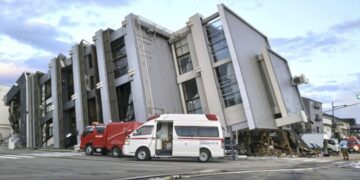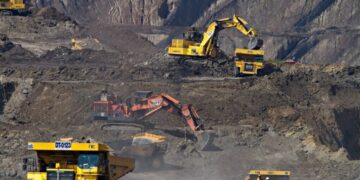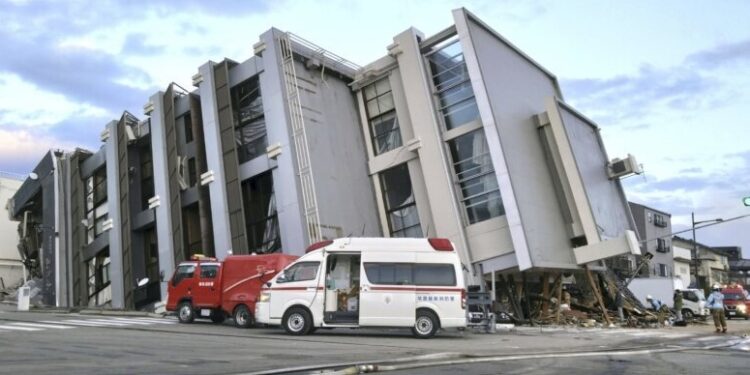By John Ikani
Japan has deployed 10,000 military personnel to aid in rescue and relief operations as the death toll from a powerful earthquake along the west coast on New Year’s Day climbed to 48, with numerous others injured.
Prime Minister Fumio Kishida stressed the urgency of the rescue efforts on Tuesday, stating that authorities are in a race against time to respond to the emergency. With daylight and the lifting of previous night’s tsunami warnings, a clearer picture of the devastation emerged.
“We are committed to continuing our efforts to ensure necessary supplies and personnel reach the affected areas. This involves a full mobilization of not only land transport but also air and sea routes,” Kishida affirmed.
Rescuers are actively searching for survivors, particularly in a seven-story building that toppled onto its side and over 100 homes that caught fire in the aftermath of the earthquake and its aftershocks. The extensive damage to roads and infrastructure, especially in the heavily affected Noto peninsula, hampers rescue efforts.
Authorities cautioned residents on Tuesday to stay away from their homes in certain areas due to the ongoing risk of earthquakes.
In Ishikawa prefecture, the hardest-hit region, officials reported 48 casualties. Among them, 20 deaths occurred in Suzu, while 19 were in Wajima, where a significant fire erupted in a popular market for tourists.
“Our city is in a catastrophic state,” remarked Masahiro Izumiya, mayor of Suzu. “Water and power have been cut off across the entire area, and we are concerned that the situation could last a long period.”
Aerial footage revealed large landslides, collapsed coastal roads, fallen trees, and a defensive sea wall that appeared to have succumbed to Monday’s tsunami in one port town. The affected area, not heavily industrialized but boasting a significant fishing fleet, witnessed smoke rising from flattened wooden homes, flooded streets, and numerous capsized boats.
The initial quake, with a preliminary magnitude of 7.6, struck the Noto region in Ishikawa prefecture on Monday afternoon. It generated tsunami waves of about 1 meter on parts of Japan’s west coast, leading to evacuations and leaving homes without power, water, and mobile service access.
Efforts to restore power and basic infrastructure have been complicated by nearly 200 aftershocks. Tens of thousands of residents in Ishikawa remain housed in school gymnasiums and other public buildings.
The earthquake struck during one of Japan’s busiest holiday periods, disrupting rail services and closing Noto’s airport until at least Thursday. On Tuesday, over 33,000 homes in the prefecture still lacked power, and many faced water shortages, relying on water trucks and emergency tanks.
Ishikawa, with a population of 1.1 million, including a high proportion of elderly residents, features towns and villages scattered with an estimated 10 million vacant homes. Many of these structures are in severe disrepair, making them more susceptible to collapse.



































